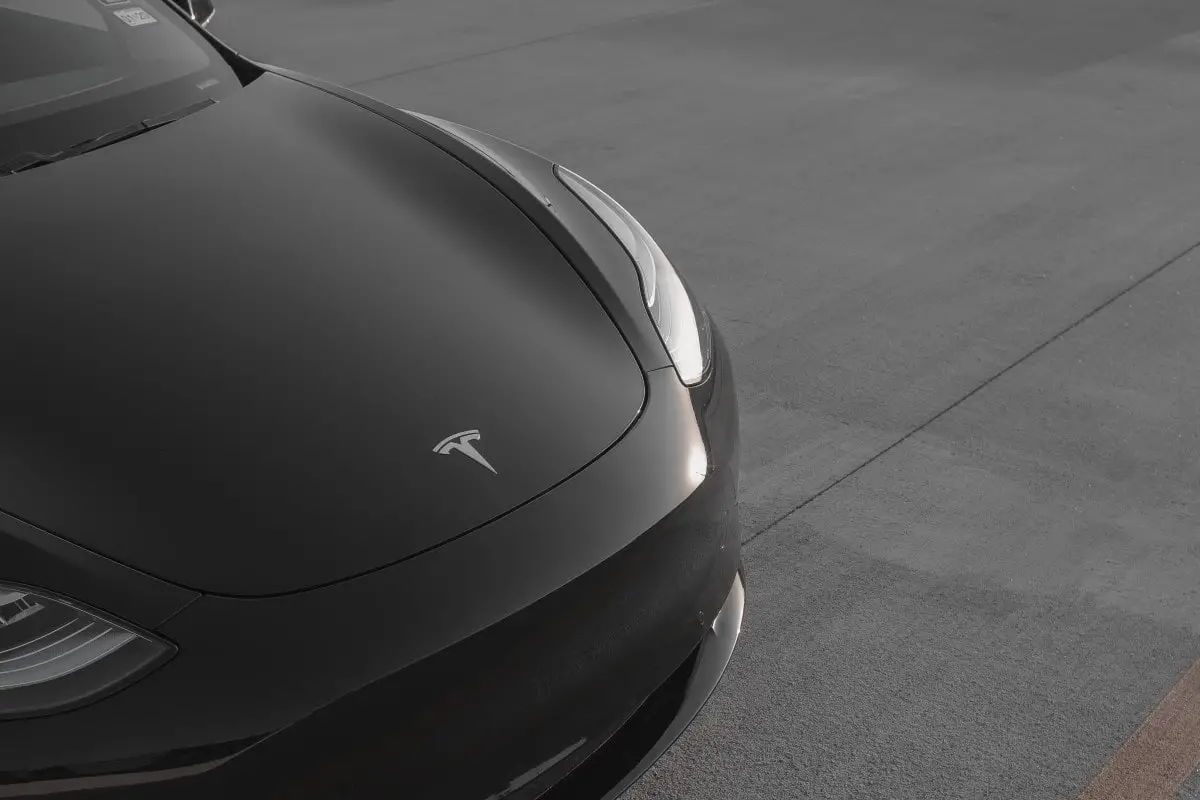Whenever you release the accelerator pedal, your Model Y begins regenerative braking. The batteries recharge using an alternator-like system driven by the turning wheels.
This technology emulates engine braking. Without it, releasing the gas pedal would feel very strange – your car would take much longer to slow down without brake pedal input!
As you bring your vehicle to a complete stop, there are three modes you can choose from. Each of these has its benefits.
This article will show you how to control the Stopping Mode on your Tesla Model Y.
Table of Contents
What Stopping Modes are available on the Tesla Model Y?
The Tesla Model Y has three Stopping Modes to choose from:
- Creep
- Hold
- Roll
Creep is similar to a traditional mechanical automatic transmission and thus is best for most drivers transitioning to EVs. When you release the brake pedal in Drive mode, the car will “creep” forward.
In Hold Stopping Mode, your Model Y automatically applies the brakes when your car is stationary. Releasing the accelerator pedal will see your car slow down quickly. Regenerative braking continues to slow you down at low speeds until you come to a complete stop. It also holds your vehicle on inclines, even if you aren’t touching the brake pedal. This makes setting off again simple.
Roll Stopping Mode shuts off all power from the motors at low speeds. Without applying the electronic parking brake (EPB) on an incline, your car will roll away. Roll mode is similar to putting a manual transmission in neutral when slowing to a stop.
How to select a Stopping Mode on the Tesla Model Y
Follow the instructions below to choose between the three Model Y Stopping Modes.
- On the central touchscreen, go to Controls.
- Touch Driving.
- Under Stopping Mode, select your desired option:
- Creep
- Hold
- Roll
What type of driver should use each Model Y Stopping Mode?
Each of the Stopping Modes focuses on a unique aspect of driving. Depending on your driving style and experience, one might suit you more than the others.
- Creep – since this is similar to a traditional automatic, it’s easiest for most drivers to adapt to.
- Hold – Hold reduces brake wear by making the car slow itself down. Reducing the deceleration rate will also improve your overall fuel economy. Of course, you still need to press the brake pedal in most circumstances! Hill starts will also be most straightforward in this mode.
- Roll – Roll shuts off power to the motors as you come to a stop. You need to tap the accelerator pedal when you want to start moving again. It’s more efficient than Creep but less efficient than Hold.
The average driver will find Creep the easiest to use. You’ll use a little more charge, but you’ll have more car control. This makes you less likely to have an accident.
You might like to experiment with Roll. This won’t feel too different. However, if you often drive in heavy standstill city traffic, you might find it more challenging to use.
Hold is the mode recommended by Tesla, but you might find it doesn’t suit you.
Don’t be afraid to select whichever works best for you.
Using Vehicle Hold with Creep or Roll
If you prefer to use Creep or Roll, you can still make the brakes automatically apply and release when you stop. This gives you the best of both worlds.
Turn on Vehicle Hold by:
- Tapping the brake pedal after you come to a complete stop.
- Looking for the Vehicle Hold indicator to display on the touchscreen.
- Releasing the brake pedal.
Disengage Vehicle Hold by:
- Pressing and releasing the brake, or
- Pressing the accelerator.
How to use Tesla Model Y Stopping Modes safely
It’s crucial to continue to drive with full awareness, whichever Stopping Mode you select.
For example, if you choose the Hold mode, you should still ensure your vehicle is stationary. Don’t lose concentration and suddenly find your Model Y rolling back into another car!
Here’s a shot of the Tesla Model Y’s owner’s manual:
